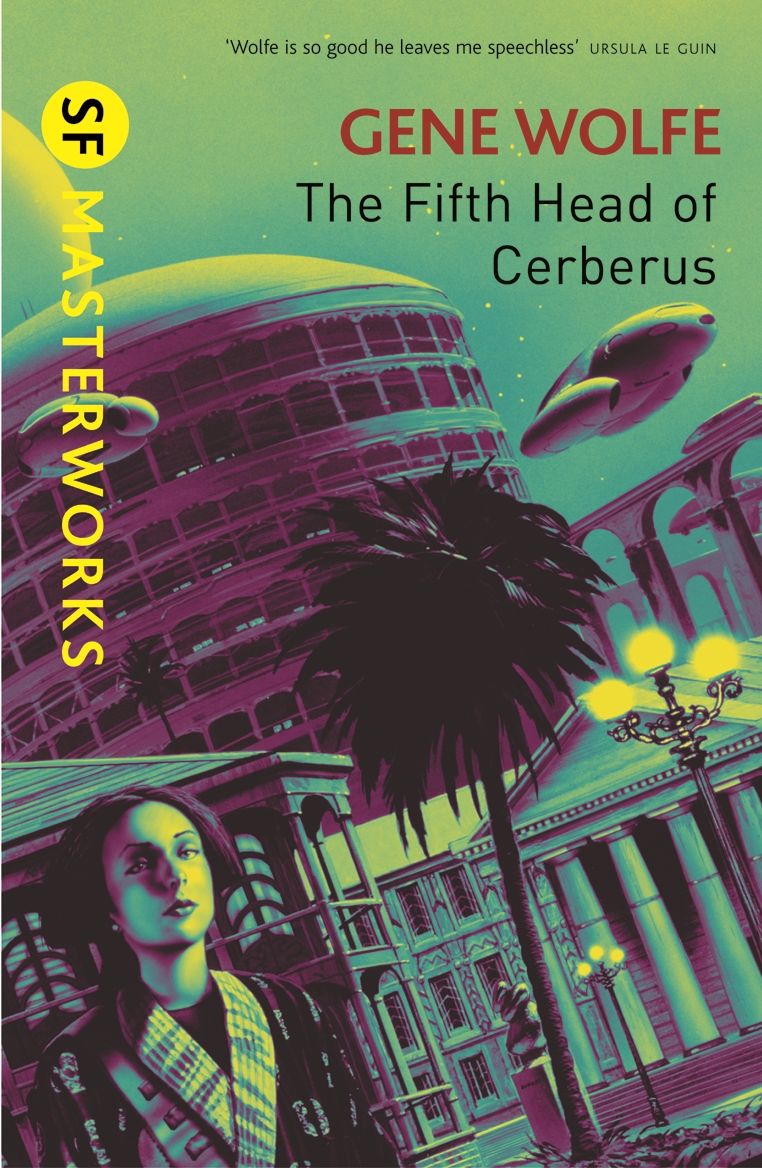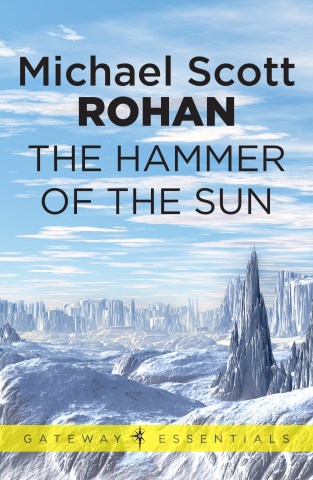The inverted pyramid of news writing

Hit your readers with the important stuff right from the get-go. A trick of the news-writing trade is to give the reader as much information as possible as quickly as possible. This technique is known as the Inverted Pyramid.

The Inverted Pyramid puts all the vital details of each story at the very beginning, leaving less vital details for later on in the story, and nonessential elements at the end. It isn’t a hard and fast rule about how one must structure every story one writes, but it’s a helpful guideline based on how people read and absorb information.
Especially in the digital age, your readers are constantly being offered all kinds of online content: videos, pictures, friends’ mini-stories via social media, news articles, and tons and tons of blog posts. Starting your own post with the best, most important information—and a clear expression of your thesis—will allow readers to make a quick decision about whether or not they want to read (or share) your post. The more informative your post’s title and first sentence are, the better your chances of getting that blog post read by more people.
If you were writing that particular blog post, you could begin you blog post with the title, ‘What do we want? Citizen journalism! When do we want it? Now!’ and continue with the sentence, ‘I was walking through town last week and was surprised to see a rag-tag group of young people holding a protest in front of one of the city’s larger banks.’
While this is a colourful way to start writing, it doesn’t make it immediately obvious to the casual reader what the post is about, what the reader can expect to learn, or why anyone would want to read such a post. In the online world, this kind of writing will almost always disappear beneath a sea of text, pictures, and digital ephemera.
Instead, imagine the same story told with the title, ;How a professional photographer can—and should—be a citizen journalist,’ and continue with the first sentence, ‘I’ve been doing photography professionally for nine years, but my most recent work (which appeared in this Sunday’s Gazette), was the result of great timing and an iPhone 4S.’

In that case, the reader immediately knows what the story or thesis is about—a photography pro who seized the moment and her smartphone to achieve a successful and newsworthy image. After that brief and accurate introduction, the blogger can continue with the story about the rag-tag protesters and the email from the newspaper editor, but ‘hooking’ your readers out of the online sea requires great bait at the very start.
Blogging for Photographers by Jolie O’Dell tells you everything that you need to know about establishing your own photo-blogging website, from the basics of how to get your photos from your camera to the Internet, and looking lovely, to how you can make money from your site.
 Blogging for Photographers
Blogging for Photographers
Jolie O’Dell
Buy it now!
RRP for print edition: £12.99




